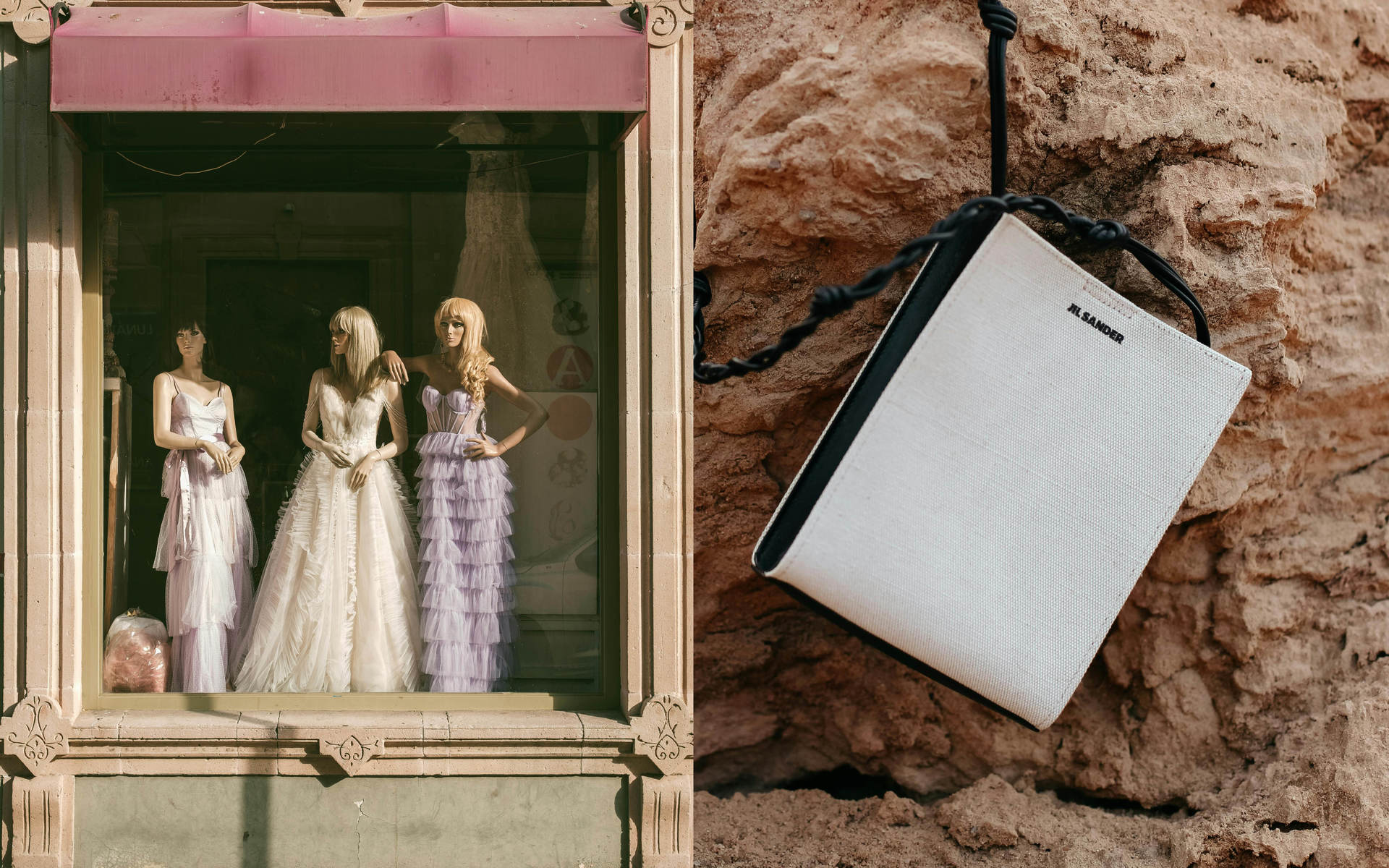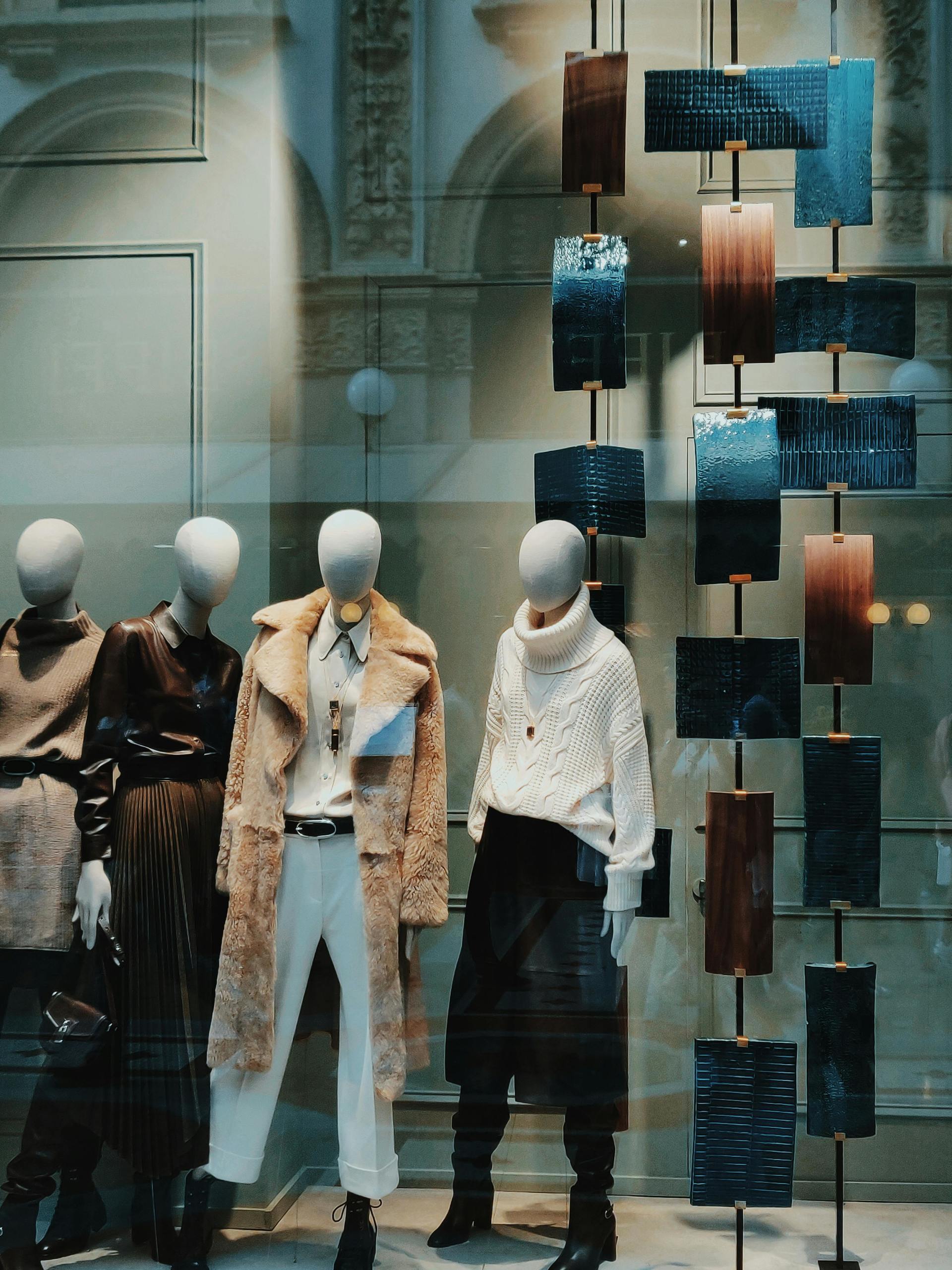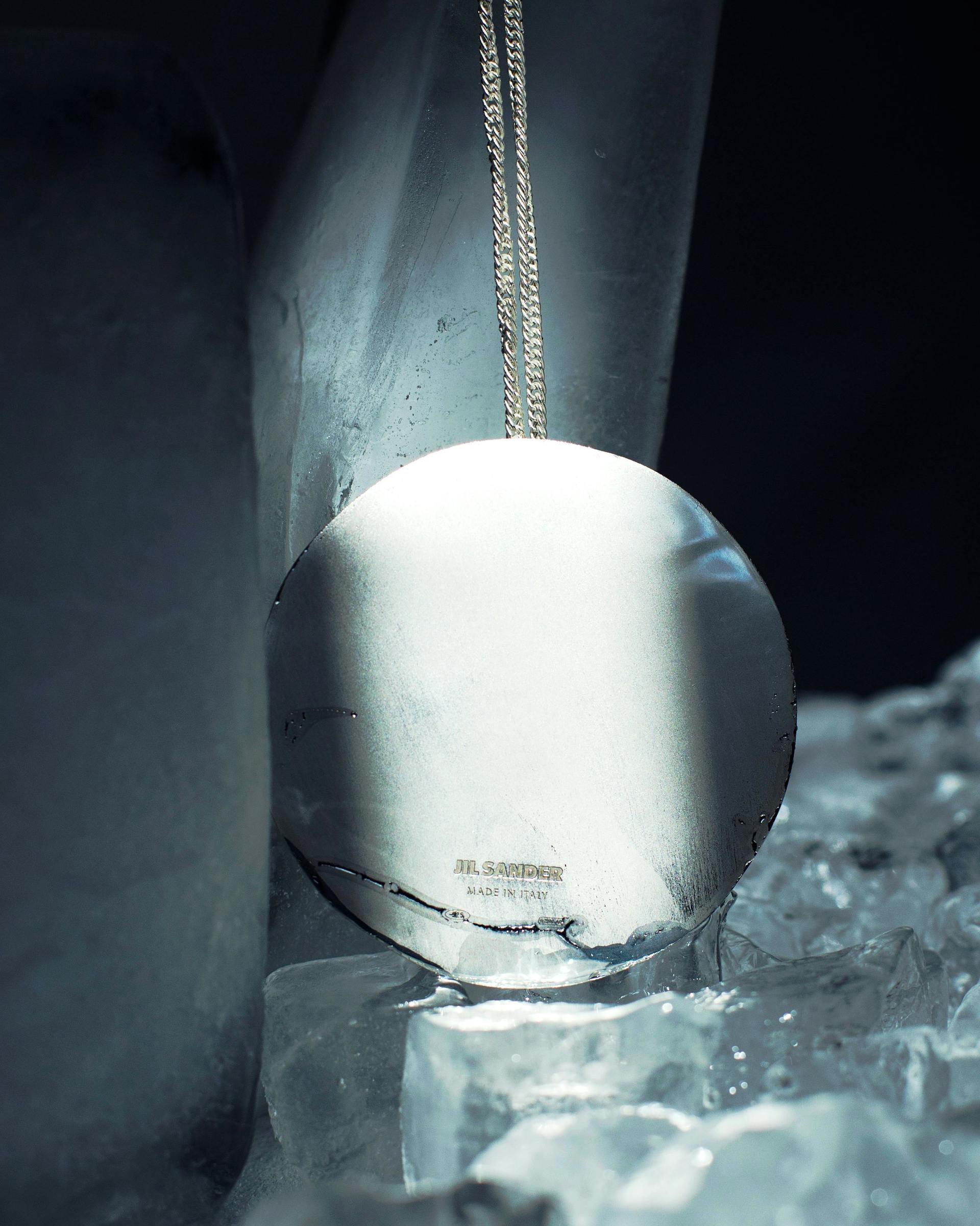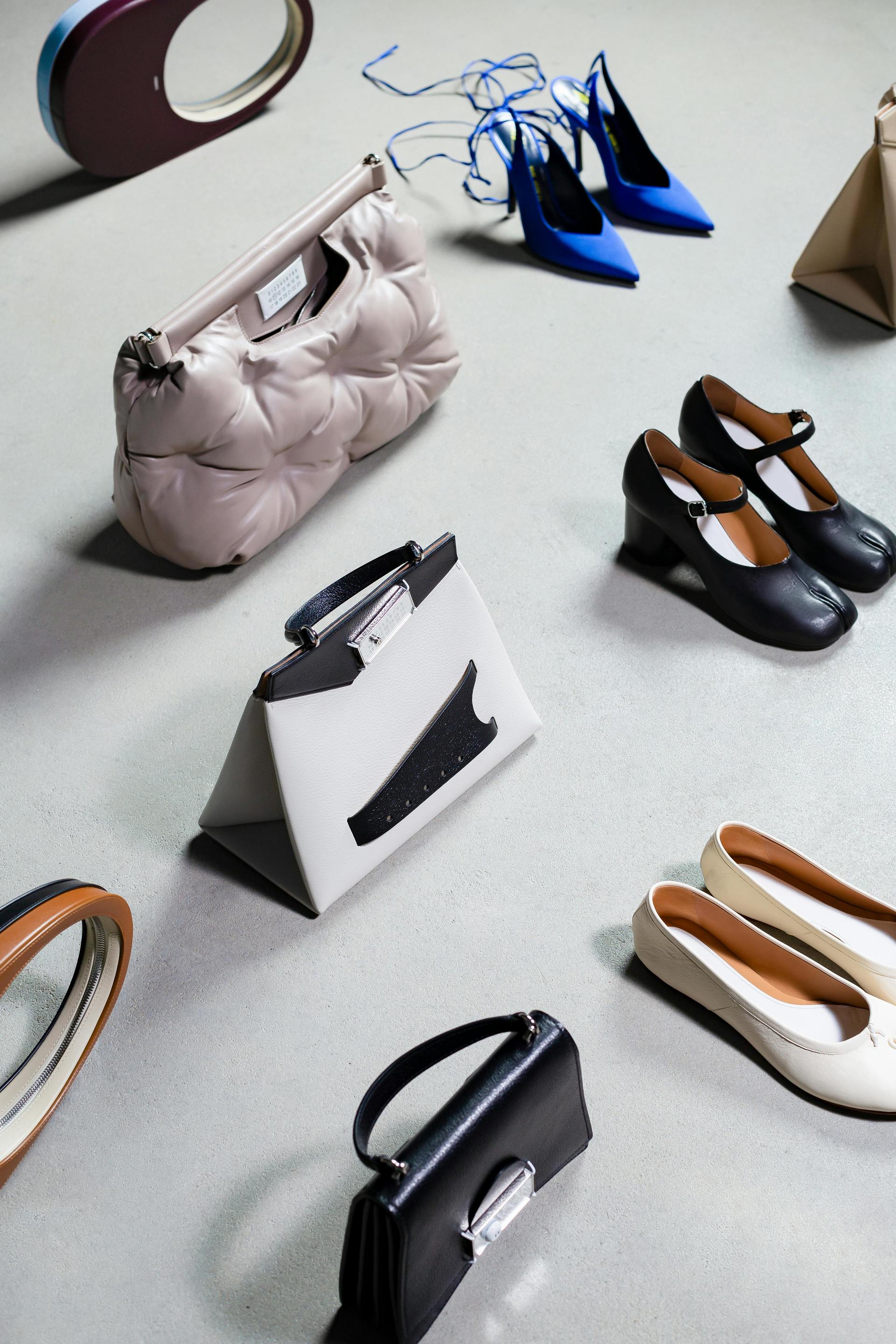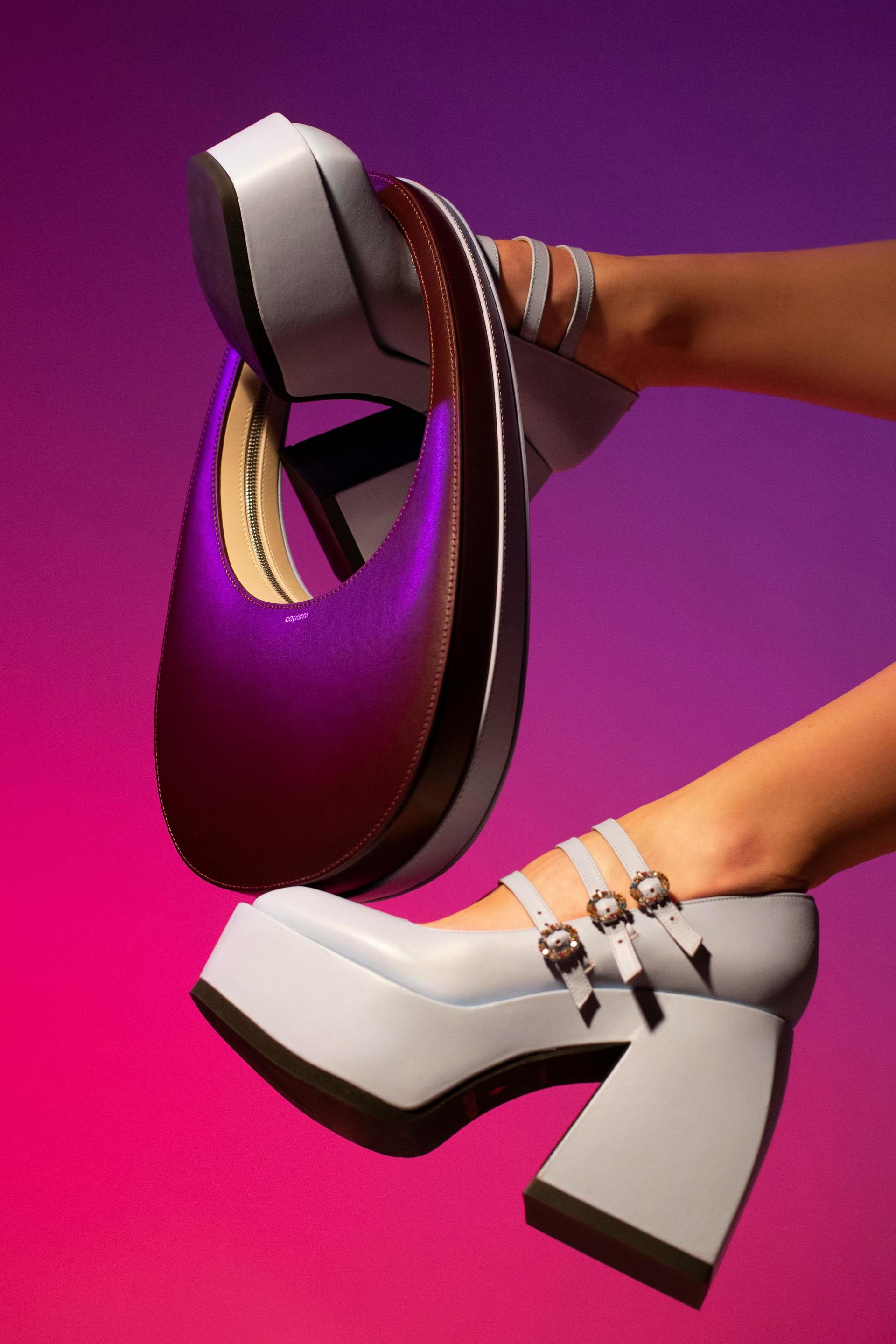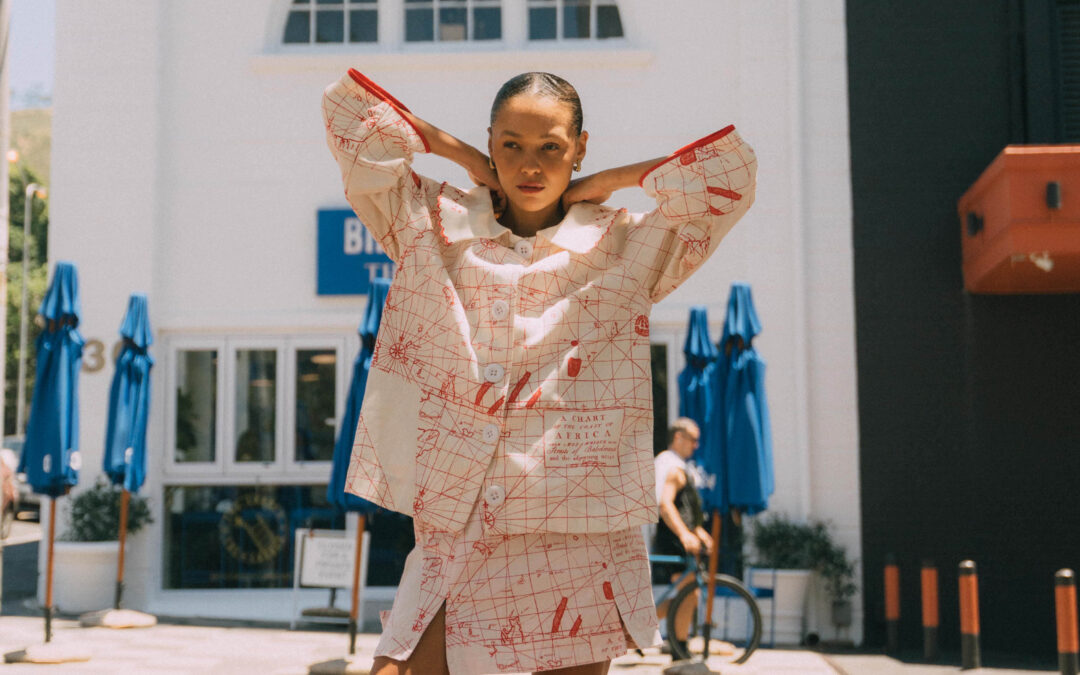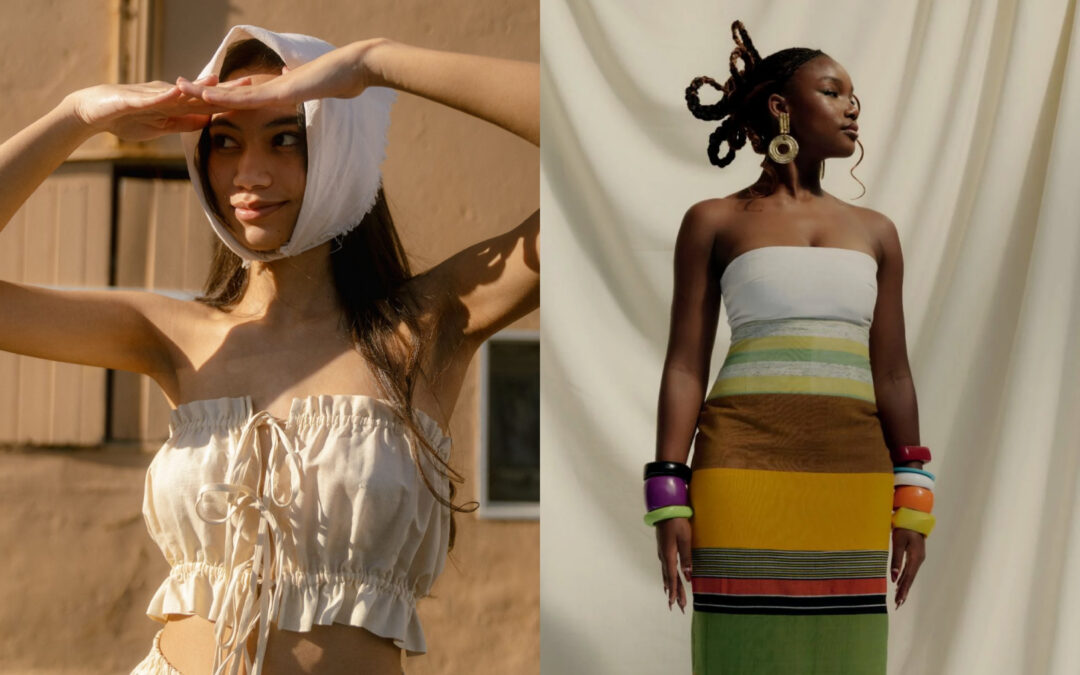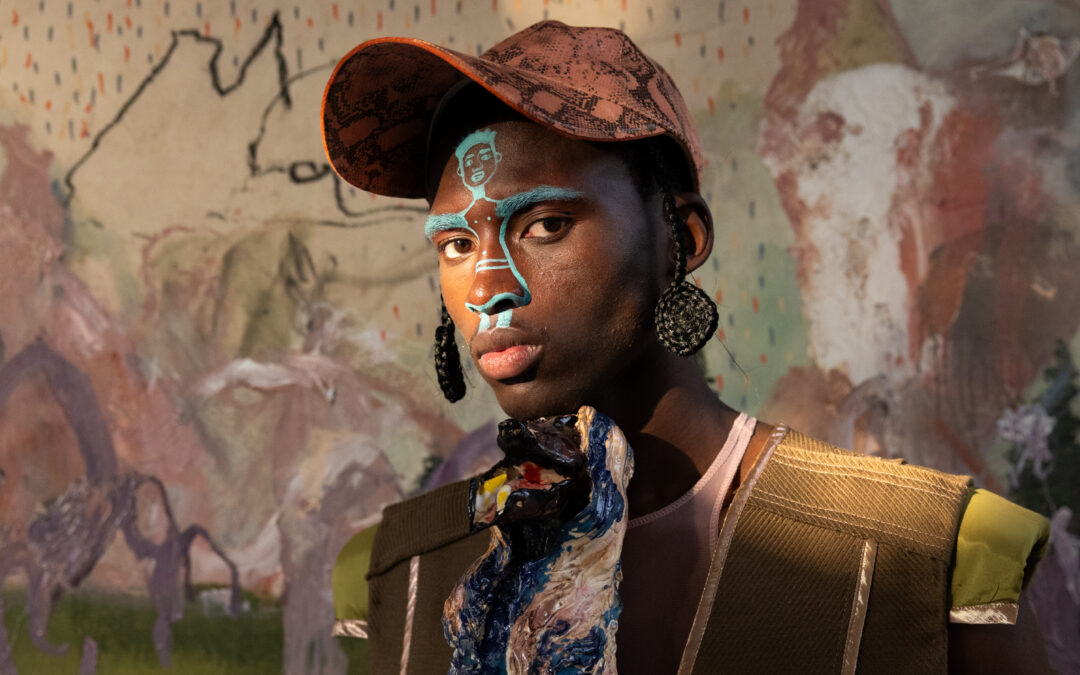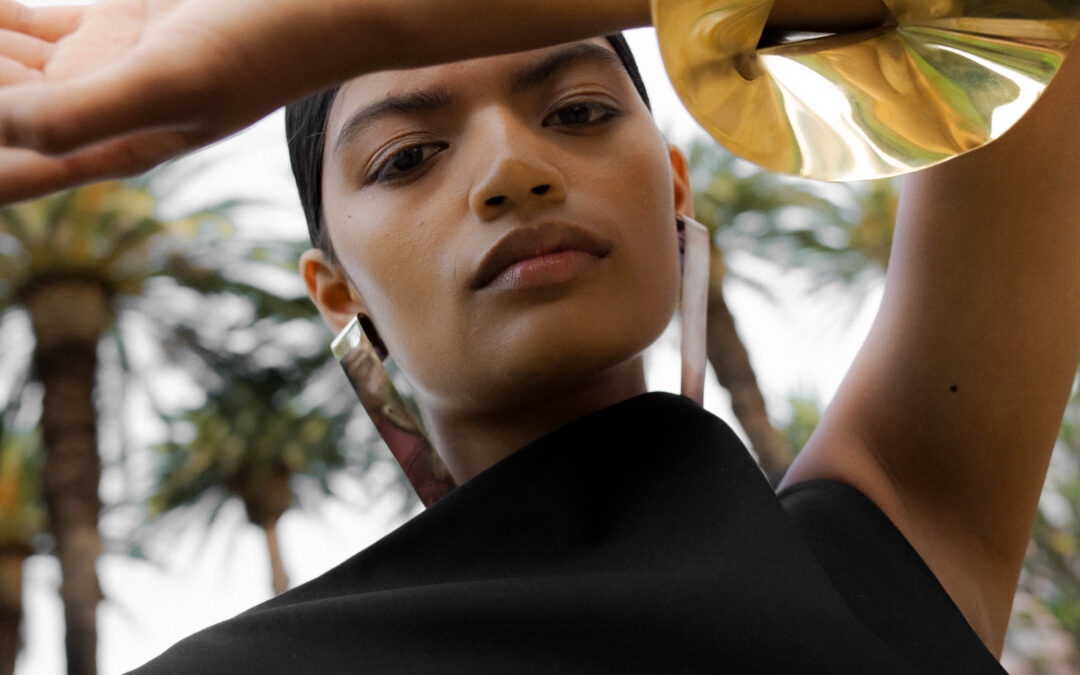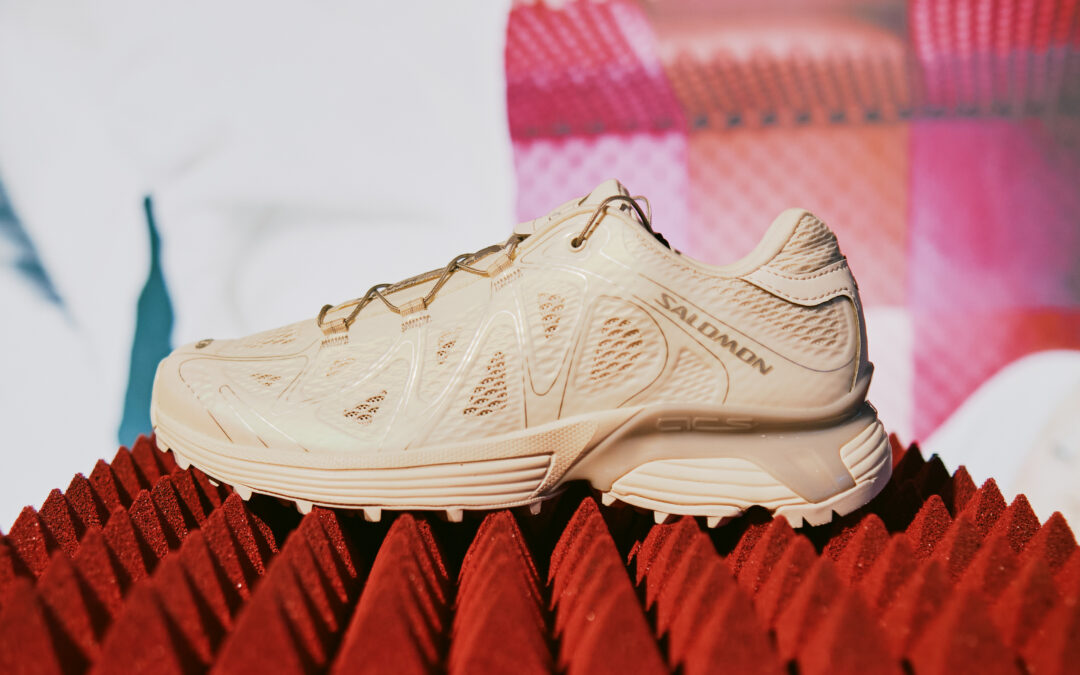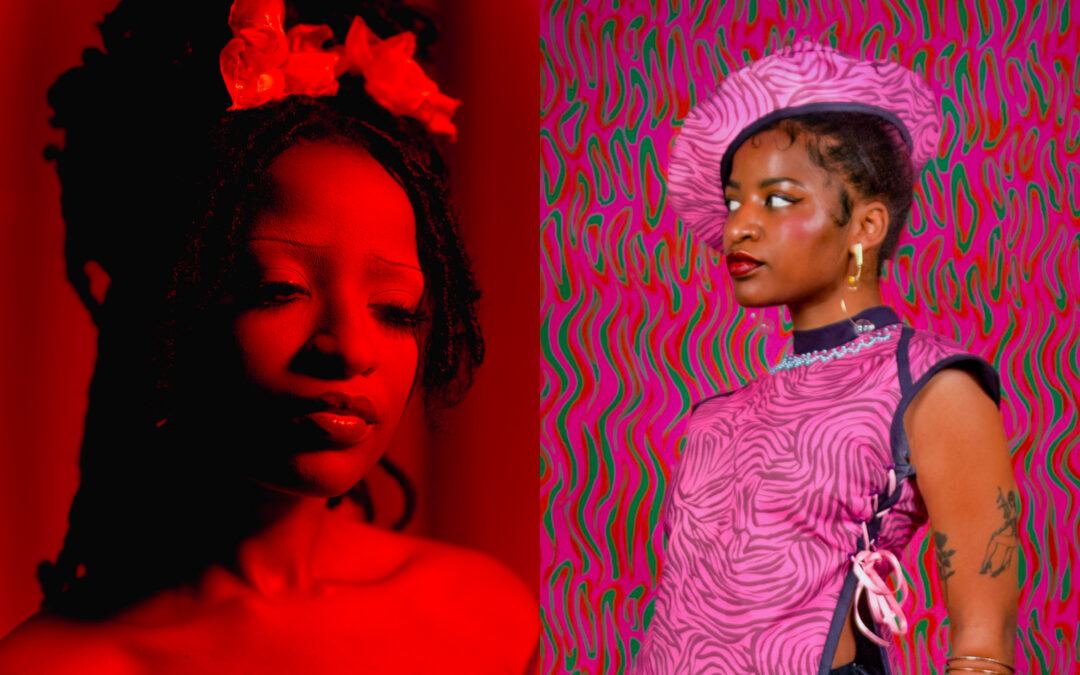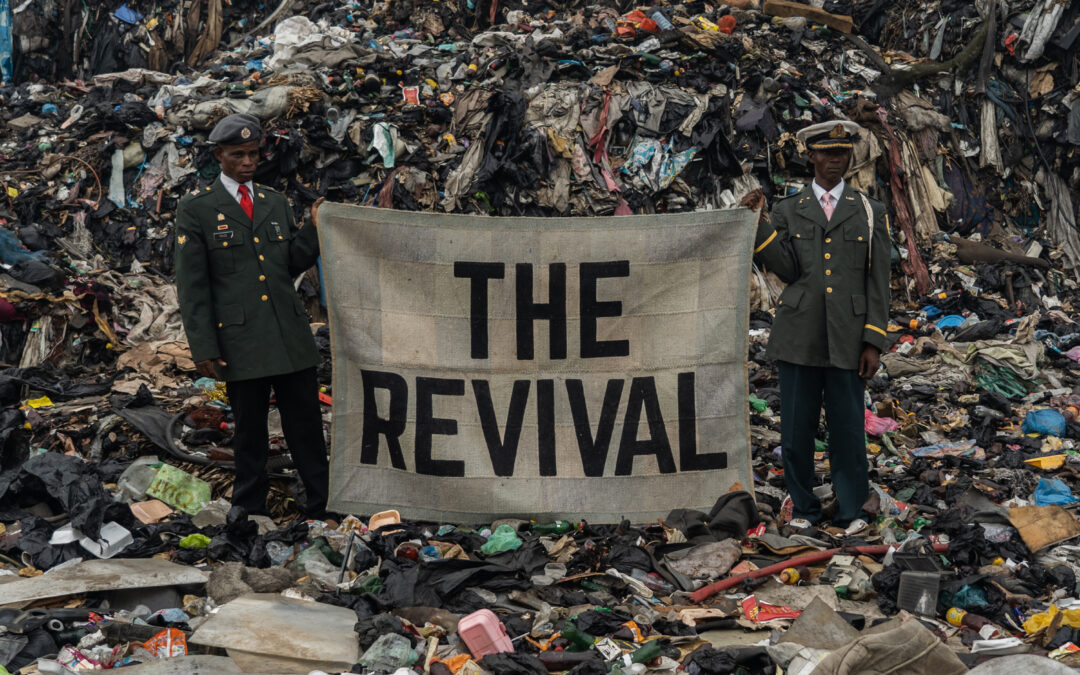The prevalence of luxury fashion in the incarnation that we know it today is a fairly recent phenomenon. As detailed in the docu-series Kingdom of Dreams (a must watch), it was only when businessmen of the late 1980s and early 1990s turned their attention to fashion as a commodity ripe for consolidation and commercialisation, that luxury fashion was birthed as a mainstream cultural concern. Previously, we, as the masses, were not majorly exposed to fashion in the way we are today and fashion houses like Gucci, Dior and Prada were not household names.
When titans of industry Bernard Arnault of LVMH and François Pinault of Kering merged the relatively niche, artistic industry with corporate business strategies, it fundamentally transformed how luxury brands were managed, marketed, and consumed. Fashion shifted from an exclusive, creative domain into a powerful global industry driven by profitability and mass appeal. The result? Well Arnault and Pinault (the similarity in their names are ironic, as two rivals who have fiercely competed for industry domination) are today among the most obscenely wealthy people in the entire world. It is also why, according to Fortune Business Insights in 2022, the global market size of luxury fashion reached a staggering USD 272.74 billion. Exhaustively amassing portfolios that revived heritage fashion houses—LVMH with Louis Vuitton and Kering with Gucci, for example—and appointing star designers to revitalise the vision of fashion, Arnault and Pinault continue to vie for top position in their moulding of the fashion landscape — under the roadmap of profitability and expansion.
What happens, then, when the luxury fashion market that has seen unprecedented growth in the last thirty years, begins to take a downturn — at least for the foreseeable future?
Shop Window by Didsss, via Pexels
Jil Sander by Максим Баглаев, via Pexels
According to Hypebeast writer Dylan Kelly, the downturn is well and truly occurring, with Gucci seeing revenues fall by 20% in the first half of this year. Similarly LVMH reported a 3% decline in sales last quarter, including its first revenue drop in fashion and leather goods revenue since the early days of the pandemic (which accounts for half of the conglomerate’s total revenue). When we’re talking about companies of this size, margin losses of this scale do not bode well and indicate a growing shift of the ‘golden era’ that corporate luxury fashion has enjoyed until this point. It has been reported — and experienced — that we are living in economically unstable times — with bogeyman words like ‘global recession’ and ‘modern depression’ being used to explain the rising cost of living across energy, food and housing. With geopolitical instability and political transitions underpinning many of the risks facing economic growth both globally and domestically, the tightly controlled corporatisation of luxury fashion cannot shield it from the perception of excess that consumers often associate with the industry. No matter how hard they try, we aren’t buying the allure and exclusivity offered by luxury labels; figuratively and literally.
It is well known that after collective trauma, there is a phenomenon among the economically privileged to spend as a form of catharsis. The American economy was never better post-WW2, exalting it into the decades of ‘prosperity’ still harkened back to within America’s self-mythologising. In the aftermath of the COVID-19 pandemic, this same phenomenon saw a surge in fashion – the ‘luxury fashion boom’ that brought us Gucci phone cases and Balenciaga’s audacity to make whatever the hell it wanted, like these nightmare destroyed sneakers. The boom was so good, we as consumers were willingly to lap up anything and everything that nurtured our instincts for excess and social-signalling.
Line-Up by Максим Баглаев, via Pexels
Coperni by Максим Баглаев, via Pexels
When your inflation rates spike, though, you’re bound to think differently. The Chinese market, for example, has been one of luxury fashion’s most critical landscapes; with a rising middle class holding significant purchasing power, the presence of luxury fashion flagships in cities like Shanghai and Beijing ensured that Chinese consumers were were exposed to and engaged with high-end brands, cultivating a culture of luxury consumption that drove substantial sales growth for the industry. According to MyNews, the proverbial tightening of purse strings by Chinese consumers (now facing a house marketing crisis among other economic stressors) is a major cause of concern for luxury fashion.
Early this month, I wrote about LVMH’s sale of Virgil Abloh’s Off-White to Bluestar Alliance, writing that this shock sale (announced on Abloh’s birthday, no less), indicated a ‘tightening of the belt’ and that “there are suggestions that this is a downward trajectory for the luxury fashion label, as Bluestar Alliance specialises in revitalising established brands by leveraging strategic licensing, partnerships, and market expansion. For a luxury label like Off-White, this could potentially lead to a dilution of its exclusivity and prestige, as mass-market strategies may overshadow the brand’s original high-fashion ethos.” As always, the only contrast is change — and I wouldn’t be surprised if we see more sales in the year to come.
Personally, I love to see a little rattling of the status quo. No, I’m not an advocate for economic instability — but I feel the conglomeration of fashion has thwarted creative expression, as fashion has become a site for profitability and commercialisation more than anything else. As you well know, we’re big fans of independence at CEC and I’m going to offer a salve for what I’m hoping this shifting landscape can offer; a re-aligned focus for independent brands. When a few major players dominate the market, unique voices and independent brands can struggle to break through, leading to a homogenisation of what we interact with and are exposed to. I’m deeply inspired by Natalia Corre’s work ‘Advance Copy, a source of information for growing independent brands,’ which is both a podcast and a book that advocates for independence as an ethical and sustainable solution to the current fashion climate. Advance Copy charts success stories of businesses and brand-owners who, through staying true to their vision, have begun carving out sub-industries that prioritised far more in the way of ethics than conglomerates ever could hope to. Natalia’s work an indication to me that while so many massive brands dominate our psyches in fashion, the majority of fashion that is actually relevant to us — such as our hyper local context in South Africa— could see openings for smaller, agile brands to emerge, along with discourse and interest in fashion as an expression of creativity and entrepreneurial spirit taking precedence over sheer market share.
The current downturn in luxury fashion could indeed signal a shift toward a more balanced and diversified market, prompting investors to rethink their portfolios. Independent brands need funding and the cash flow requirements involved in manufacturing remain immense barriers to success. As consumers gravitate toward spending with their values and prudency in mind, here’s hoping that there may be a renewed interest in supporting smaller labels that offer distinct narratives and ways of existing. This is especially relevant for South Africa’s luxury landscape, which remains virtually independent in terms of ownership — and as difficult a road as this may be for our designers, it could come to ripen as a form of differentiation and integrity if this change does occur. Support local, support independence — it is what will see us thrive as a collective.
Written by: Holly Beaton
For more news, visit the Connect Everything Collective homepage www.ceconline.co.za

